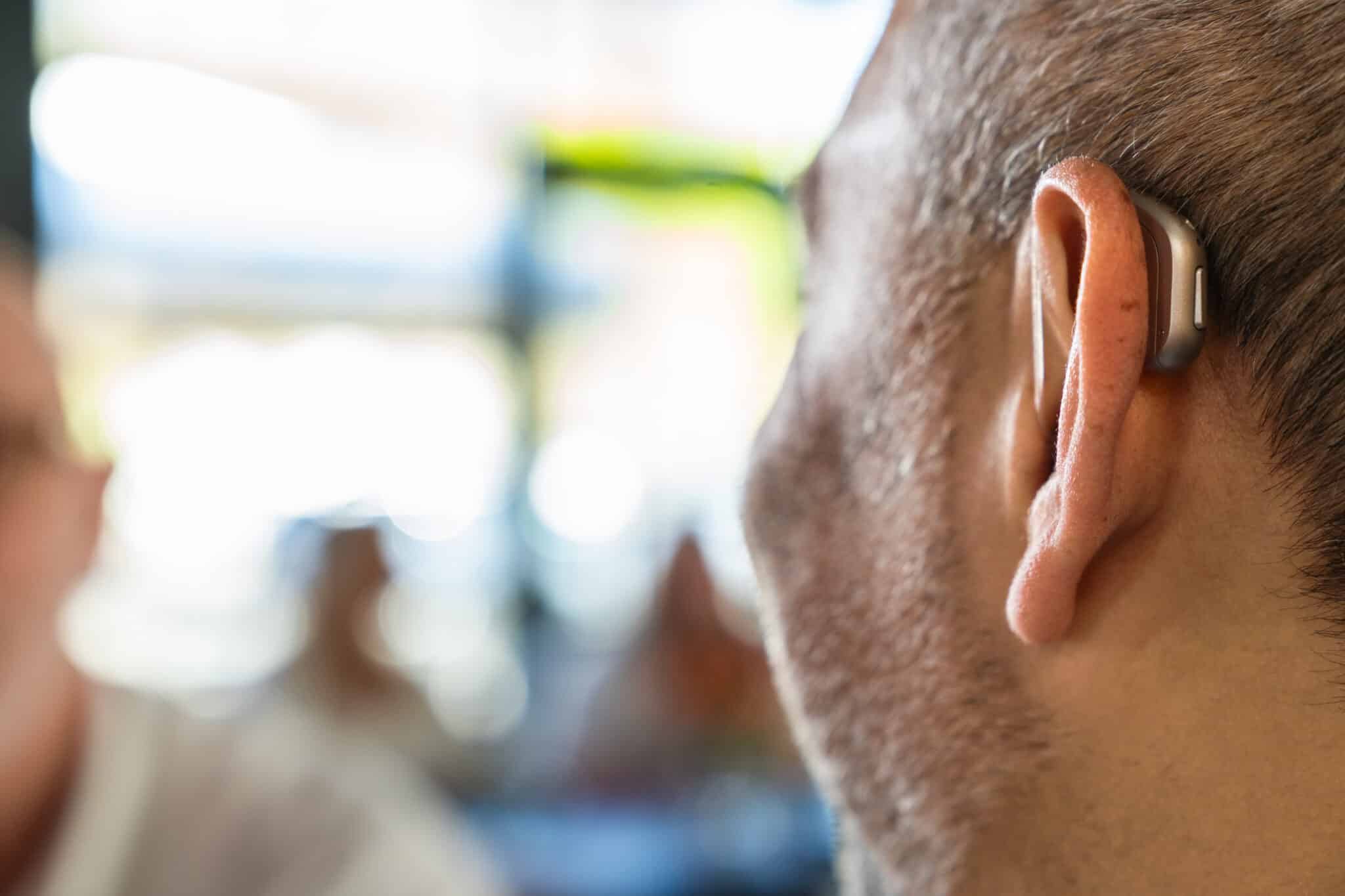Selecting the right hearing aids can seem overwhelming with the wide range of styles and advanced features available today. Although nearly 28.8 million Americans could benefit from hearing aids, many still go without them.
Fortunately, with proper guidance, finding a hearing solution that fits your hearing loss, lifestyle and personal preferences is achievable.
Start by Understanding Your Hearing Loss

Before diving into the world of hearing aids, it’s crucial to have a clear understanding of your hearing needs. The first step is to schedule a comprehensive hearing test. This evaluation will reveal the degree and type of hearing loss you’re experiencing, helping your specialist recommend devices that are best suited for your condition.
Familiarize Yourself with Different Hearing Aid Styles
Hearing aids come in a variety of styles, each designed to meet different needs and preferences. Comfort, aesthetics and the severity of your hearing loss all play important roles in selecting the right type.
- Behind-the-Ear (BTE): Worn behind the ear and connected to a custom earmold. Suitable for mild to profound hearing loss.
- Receiver-in-Canal (RIC): A smaller, more discreet version of BTE, popular for its versatility and comfort.
- In-the-Ear (ITE): Fits within the outer portion of the ear, often easier for people who prefer larger controls.
- In-the-Canal (ITC) and Completely-in-Canal (CIC): Small, less visible models that sit inside the ear canal, best for those with mild to moderate hearing challenges.
Focus on Features That Match Your Lifestyle
Today’s hearing aids come packed with a variety of features designed to make daily life easier. It’s important to choose devices equipped with features that align with your specific activities and priorities.
- Directional microphones: Improve the ability to focus on conversations in noisy environments.
- Noise reduction technology: Minimizes background sounds for clearer listening.
- Bluetooth® connectivity: Enables wireless streaming from smartphones, televisions and other devices.
- Rechargeable batteries: A more convenient and environmentally friendly power option.
- Artificial Intelligence (AI): Some hearing aids use AI to adapt automatically to your environment and preferences.
- Mobile app controls: Allow easy management of settings through a smartphone app.
- Health monitoring: Certain models track fitness and health data, which can be valuable for users managing additional health conditions.
Think about the features that would genuinely enhance your daily experiences. If health monitoring is important to you, especially if you deal with balance or mobility issues, prioritize hearing aids that offer comprehensive health tracking.
Be open with your hearing specialist during your consultation about your priorities and expectations.
Partner with a Hearing Specialist
Working closely with a hearing specialist is key to finding a solution that truly works for you. These experts help fit and fine-tune hearing aids for maximum comfort and effectiveness and provide valuable ongoing support as your hearing needs evolve over time.
Professional assistance not only ensures a better fit but also improves your long-term satisfaction with your devices.
When you collaborate with a hearing specialist, you’ll be better equipped to choose hearing aids that match both your hearing loss and your lifestyle.
If you’re ready to learn more about your hearing health and explore the right hearing aid options, contact Kampsen Hearing today to schedule your hearing evaluation.